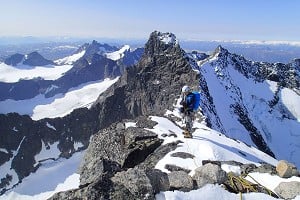
Finding the time to go winter climbing seems to get more difficult every year, as work and other commitments grow whilst the appetite for wet, cold, hardship diminishes. The days of long holidays to far-flung corners of the globe, and ambitious attempts at big routes that are far too hard for me are, I'd like to think, temporarily on hold. In the meantime I find my adventure where I can.
I'd heard that Geoff Hornby was the man with climbing's biggest 'black book' of routes – new route notes from crags, icefalls, and mountains throughout the world; adventures in the truest sense. When I met him in a quiet village pub in North Yorkshire I soon found that reputation to be true, as Geoff pulled out stacks of tattered notes from his very business-like briefcase. Here is a man, I thought, who has overcome the challenges of balancing a career with adventure-climbing at the highest level, for whilst his climbs were far from the pinnacle of technical difficulty, his portfolio of first ascents around the world, mostly in unexplored regions, was one that few people could match.

And so it was that I found myself boarding a Ryanair flight to Oslo – hardly, I hear you say, the most adventurous of destinations. But unlike the hoards, we were not bound for the ice-climbing mecca of Rjukan to swing axes into other peoples' placements. Instead, our journey would take us into the heart of rural Norway, to the valley of Setesdal some four hours west of the capital: a place the ice-climbers had missed. I only had a five-day window, so was limited to somewhere I could easily get to in a day. Given the short notice, flights and accommodation needed to be readily available as well. Reliable, accessible, unclimbed ice in Norway won out over another drizzly trip to Scotland.
Getting to Setesdal couldn't be easier (the Norwegians are ruthlessly efficient people), and with barely any planning at all we arrived at the Bykle Hotel at the northern end of the valley – a comfortable base for three days of 'roadside' ice climbing. Having heard stories of extortionate prices in Norway, we came prepared – armed with two bottles of vodka, Geoff's notes to the area, and plenty of enthusiasm to make up for not much in the way of experience. Sunrise, and a first glimpse of the ice, was eagerly anticipated.
The following morning dawned bright. We had no guidebook as such, so the first task was a drive down the valley to serve as a recce. Unlike every other winter climbing trip that I'd been on, this one seemed free from the usual pressures to get up early and slog up a rainy hillside, and despite constant temperatures of minus 10 degrees, the dry air didn't even feel cold. But better than that were the dozens of massive ice-lines that just leapt up from the narrow valley floor into the hills above; routes of all lengths, every different style, and all sorts of grades. Some of them matched descriptions in Geoff's notes; others had the enticing aura of being unclimbed. I was immediately hooked.
The recce, therefore, didn't last long, and we soon found ourselves racking up in a snow-buried car park beneath the very straightforward, but attractive-looking Janus Falls. The only recorded ascent had taken the right-hand branch. Inevitably, we headed left, racing up pitch after pitch of delightful easy ice, revelling in perfect conditions, solid protection, and a superb feeling of wilderness despite the fact that there'd been no walk-in. This, I thought, really was ice climbing for lazy people. We even stumbled back into the car park well before sunset.
This route, it seemed, was typical of so many low- to mid-grade classic icefalls that make Setesdal a genuine paradise for ice climbers seeking reliable, high-quality, low commitment, classic water-ice routes. Of course there's also plenty of single-pitch routes and top-roping, but a better place to learn the techniques of multi-pitch ice I could barely imagine. Janus Falls (WI2), Kvennbecken (WI3), Heissfossen (WI2)... the list goes on – big, full-day adventures, distilling ice-climbing down to its purest form. On any one of these routes you're almost guaranteed to have the whole icefall to yourself (probably for several months if you wanted it!) and the added sense of adventure which that provides is tangible. At least one semi-epic descent down a forested mountainside under the cover of darkness is almost guaranteed.
Setesdal, of course, is not just about easy climbing, and after a day enjoying Bykle's brilliant roadside ice-cragging, we drove south once more into the central valley, where some of southern Norway's best icefalls rank up there as world-class ice climbs. Our journey took us to the little village of Helle, which unlike the rest of the valley had curiously not frozen over. High above, on the towering and overhanging rock walls, was the valley's 'line of lines' – the staggering Code Red (WI6+) on Hellesfjellet, first climbed by Jim Hall and Paul Ramsden back in 2001. 300m of grade 6 ice that was just about the most irresistible-looking climb that I'd seen. Perhaps another day...
On the far side of the lake were yet more incredible-looking lines, including the classic grade 4 Great Gully – at 500m in length, with an approach by pedalo and descent down the back side of the mountain, you can't help sniffing benightment in the air. Likewise Tsunami (WI5) and Captain Pugwash (WI6) stand out as the kind of routes that tempt and inspire, then live long in the memory.
Sponsored Content

The Rock Rider is an extremely light in-mold climbing helmet suitable for a wide spectrum of applications: From sport climbing to alpine multi-pitch routes, and from classic high-altitude tours to ice and mixed climbing – this helmet offers outstanding performance in all kinds of terrain.
Sixteen ventilation openings together with air channels inside the helmet ensure an optimal temperature during strenuous climbing routes. The versatile, adjustable wearing system guarantees a perfect fit and high comfort.
For easy transport to the rock, the adjustment system can be folded into the helmet shell. For early morning starts in the mountains, the Rock Rider''s four stable clips can be used to safely and securely attach a headlamp.
- RRP: £70.00
- More Info: Mammut Website
Of course, for those who prefer something a little more 'alpine' in nature Setesdal doesn't disappoint, for high up in the back-country the Norwegians have been doing what they do best: putting up the kind of mad, remote climbs that epitomise the varied and adventurous nature of this place. Sonner av Norge (WI5), above the main centre of Valle, is accessed on ski from the point that your hire car gives up on the deteriorating snow-covered track. Two long pitches of vertical ice may not seem like much, but if you can figure out how to get your skis through the cornice then the one-thousand metres of vertical descent is a powder-lover's dream. Snow Queen (WI5) on Hengjefjell, and Hovden Falls (WI3) also stand out as 'must-do' climbs for lovers of the remote.
Much like at Rjukan, the ice here is famously reliable (I once recall a 40 degree temperature difference between the inside of the car and the frozen car-park outside). A substantial height gain between the southern and northern ends of the valley also ensures that the season is fairly long, and that climbable ice can be found somewhere as early as December, continuing right through as late as April. But even apart from the world-class ice climbs, the lack of other climbers, and the stunning rural scenery, Setesdal has, in my opinion, one other advantage over nearby Rjukan, in the form of Hovden ski centre; one of Norway's biggest alpine and cross-country resorts. As well as providing an ideal (and surprisingly reasonably priced) rest-day activity, the potential for off-piste, back-country skiing is nothing short of immense.
So, if you're looking for somewhere a little bit different for a winter climbing trip this year, then spare a thought for Setesdal, for this is somewhere that combines ease of access, accommodation options to suit all budgets, and world-class climbing with a brilliant hint of adventure. Geoff Hornby's original notes have now been published in a brand-new guidebook that describes some 150 ice climbs between WI2 and WI6+, as well as detailed access information and background advice, giving you everything you need to plan a superb quick fix of winter ice.
Photo Gallery - Ice climbing in Setesdal:
Logistics
When to Go
The ice climbing season runs from late December through to mid April, with February and March giving the most reliable conditions throughout the whole valley.
How to Get There
It is located along the length of highway 9, running north from Kristiansand, some 4 hours drive west of Oslo. Ryanair operate frequent low-cost services from the UK to Oslo Sandefjord Torp airport. From there it is necessary to hire a car, which can be pre-booked through all major international rental agencies.
Accommodation Advertise here
No Premier Listings found in this area
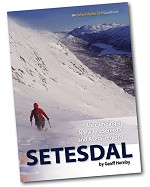
Guidebook
Setesdal – Ice Climbing in Norway's Setesdal and Aseral Regions by Geoff Hornby (published 2012).
Instructor/Guides Advertise here
No Premier Listings found in this area
More Information
Up to date travel information, condition reports and accommodation links can be found online at www.climb-setesdal.com

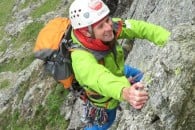



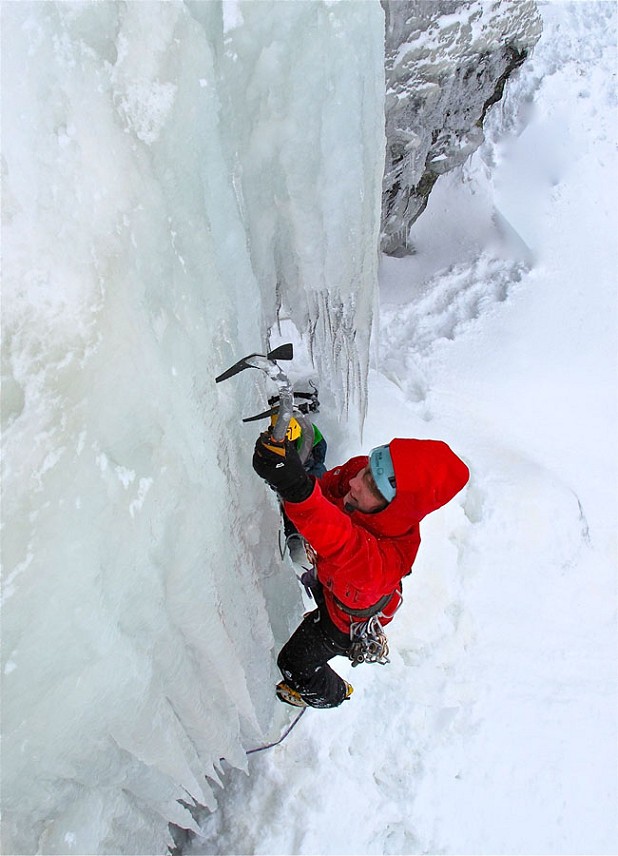
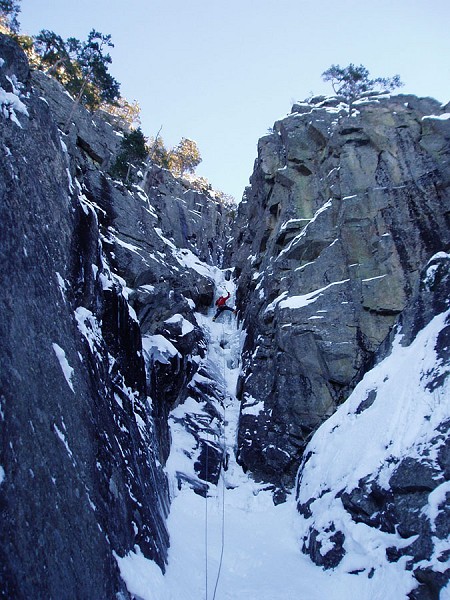
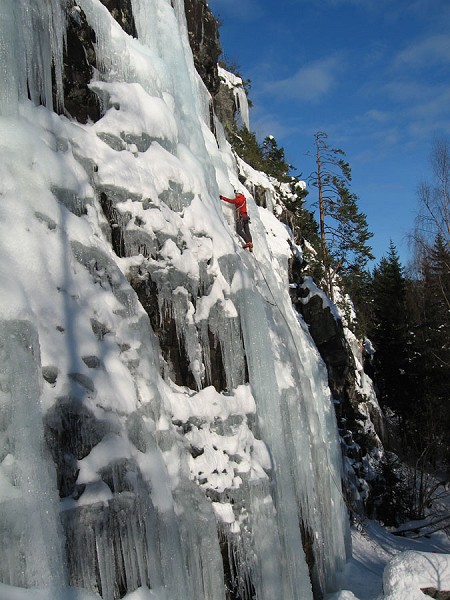
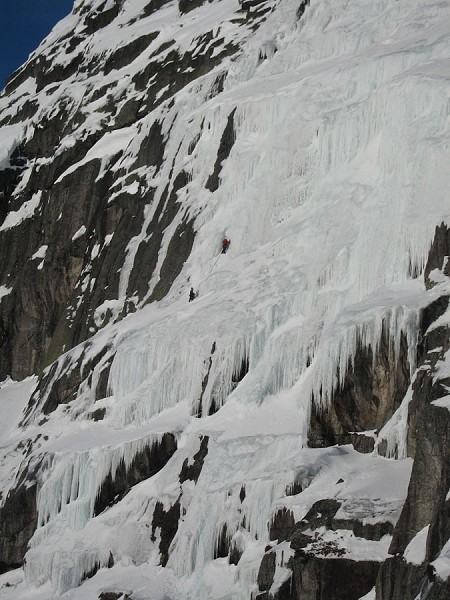

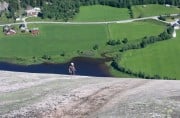


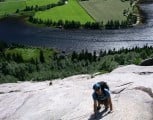
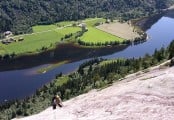
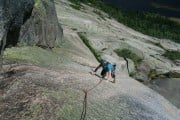
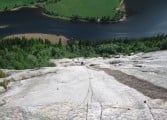
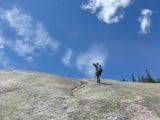
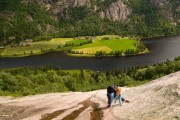
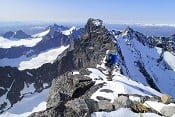
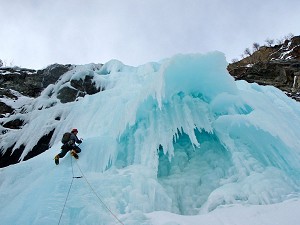

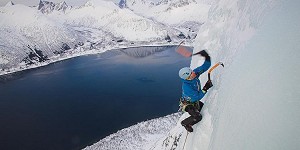




Comments